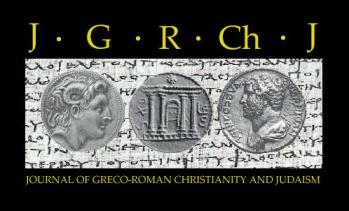TheGreek Number Converter
This script converts modern Arabic numerals to the alphabetic (also referred to as the Ionian or Milesian) Greek number system. Briefly, this was a decimal system that used letters to represent digits as shown above. As it did not include zero, different letters were used to represent the ones, tens, and hundreds. Our 27 would thus be written κζʹ. The pattern repeated itself for thousands, with a different diacritical mark to indicate the change in magnitude. However, for numbers greater than 9,999, the magnitude of the digits becomes ambiguous; so the letter M (for Μυριάς, a remnant of the older acrophonic system) was included to indicate multiplication by ten thousand, with the higher digits written above or beside it.















